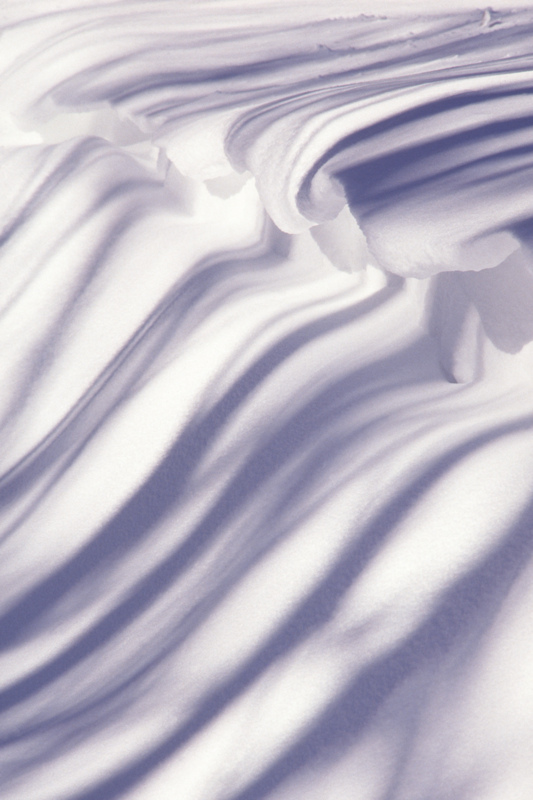Blowing and Drifting
 Where I am today, the wind is howling in a classic nor’easter, with snow swirling into near white-outs. As always happens to me when the natural world is doing something noteworthy, I find myself drawing analogies connected to what I witness in nature. Today’s musing: Is education the response to intellectual “whiteout,” a way to prevent students from blowing and drifting?
Where I am today, the wind is howling in a classic nor’easter, with snow swirling into near white-outs. As always happens to me when the natural world is doing something noteworthy, I find myself drawing analogies connected to what I witness in nature. Today’s musing: Is education the response to intellectual “whiteout,” a way to prevent students from blowing and drifting?
A recent New York Times article underscored the pragmatic trends in education during tough economic times. Specifically they cite the priority of technological, scientific, and employment needs that have pushed aside the liberal arts into pockets within “elitist” colleges. The Times further points out that the proponents of the humanities have not successfully marketed their field as essential to the future of the U.S. and the world.
Marketing the humanities? Hmmm.
To prevent minds for blowing and drifting, do we steer students to science and technology where their efforts can be measured and their products fill practical needs in society? If we do so to the exclusion of the study of history, literature, writing, the arts, and even philosophy, will the winds abate and the snows settle into sparkling mounds of freshness?
You can tell by my questioning where I stand. I am an unabashed proponent of the liberal arts. Without the ability to bounce new ideas off each other, to question, muse, and say the unexpected using an unexpected turn of phrase, we cannot stop the blowing and drifting of young minds and press ahead to a sparkling world. Indeed, we NEED some blowing and drifting of thought or we risk hardened, stale, brown-grey piles of crusty snow formed by plowing those once-sparkly flakes too quickly into the places where they are “supposed” to go. I have no problem with the value of pragmatism. I believe it is in the process of questioning and making connections and oxymorons out of the scientific and measurable that we turn blowing and drifting into the striking patterns we see on the hillsides of thought. This is blowing and drifting allowed to follow and create new patterns. And I would maintain that without the liberal arts, without people seeing analogies and wondering aloud, the scientists would be stuck in crusty snow mounds that age and melt from the underside into cinder-filled storm sewers long after the rest of the winter has thawed.
I hope we can allow education to appreciate some blowing and drifting, veering entirely neither to white-out nor plow-hedges. We need everyone’s ideas — stirred by a little blowing and drifting.




[…] From Blowing and Drifting: […]
Pingback by Education Blog » Blog Archive » DABA: Candace Shively — March 9, 2009 @ 3:11 am